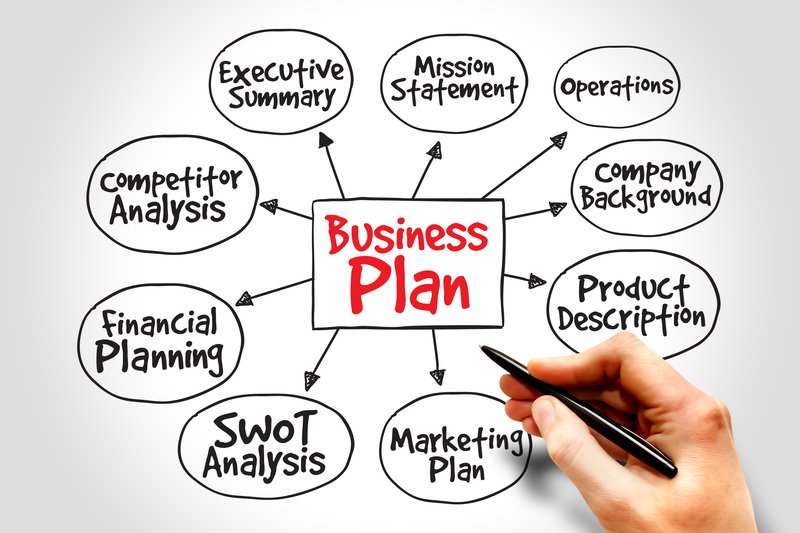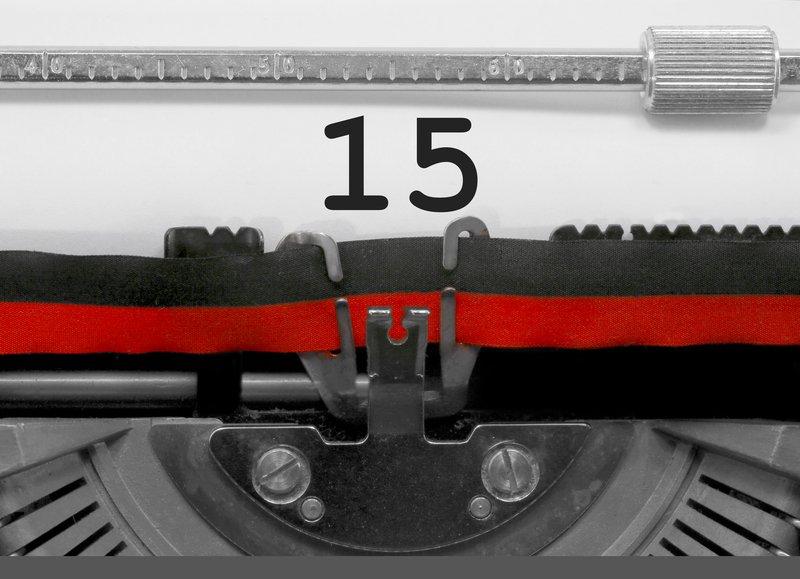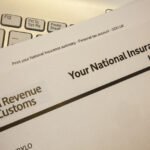When you decide to start your business, most experts advise you to “get a business plan written.”
And they’re right; that is the first step to turn your business dream into a reality. But many people find it the hardest step to make.
No wonder. When you look at most business plan advice handed out by these experts, they tell you to pull together all sorts of information that might seem kind of irrelevant to you.
A business plan is just a fantasy business document
For example you might be asked to explain the revenue model, the management structure and your five year strategy.
You might also be encouraged to make predictions about how much you will sell over the next three years. This is called “forecasting,” and essentially, it’s asking you to try to predict the future!
If you haven’t started a business yet, how on earth could you know all of this detail? Of course you couldn’t. What you’re putting together there is not really a business plan. It’s a fantasy business document. And it’s not really there to help you.
The 4 things you really need in a business plan for you
A traditional business plan isn’t for you. It’s for the banks or other investors you hope will sink money into your new venture.
A business plan is a way to demonstrate that you know what you are doing and that investors will get a return on their investment.
However, many people who start their own businesses don’t need funding. If that’s you, then you still need a business plan—but you need a business plan for you, not the bank.
There are essentially only four things you need in your business plan:
1. What do you want to achieve?
This is about setting a realistic goal for your new business. It’s vital to have something to aim for, and a way of measuring when you have achieved it.
The easiest goal in a new business is a financial one, such as “I will turn over £50,000 in my first year trading”. You may not be financially motivated, but money is the best measure of how well your business is doing. You should pick the items that best motivate you.
Often a spread of targets work best and will ensure you are working on all the most important elements to successfully establish your new business. For example you may aim to do these things within the first 12 months:
- Achieve a turnover of £50,000
- Make £20,000 profit
- Have 10 regular clients
- Attend 25 networking events
- Send 10,000 leaflets
Free Tide Business Bank Account - £50 Cashback!

Open a free business current account to qualify + enjoy 12 months free transactions. Read our Tide review.
Consider digital metrics too, such as achieving a target number of website visitors, social media followers, or online sales, especially if you’re primarily an online business.
2. How will you run your business?
Once you know what you want to achieve, you need to plan how you will do it. Even if you will be working on your own it’s important to consider what systems you will need in advance. The clearer your thinking can be about this, the faster you will be able to move.
Consider what the realistic day to day demands of the business will be and plan the solution. At all times be realistic – you might dream that you’ll be able to meet with 10 clients a day, every day… but in reality, it is highly unlikely you will have the energy to achieve that every day.
Don’t forget to account for remote or hybrid work tools if you plan to do business online or with a distributed team. Include any technology platforms, software, or digital tools supporting business processes, communication, and project management.
Remember that your business plan is not to impress other people; it is a realistic document to help you achieve your business goals faster.
3. How will you manage your money?
Here’s the point where you should do a sales forecast, but not to impress an investor. You simply need to know if it is possible for your business to achieve its goals with the sales you could realistically make.
If your forecasting reveals that you need to sell 10,000 items to hit your profit goal – and it’s impossible for you to handle that many items acting on your own – then you know you have a problem on the way.
Forecasting is a great way to take a reality check. You should also look at cash flow. How much money will you need to take out of the business to live on in the next 6 to 12 months? Does that match up to when you are likely to be paid by customers and have to pay suppliers’ bills?
If you’ve never produced a cash flow forecast before, our guide on Why you need a cash flow forecast and how to produce one for your small business explains it all.
In general, you can make three assumptions about money:
- Everything will cost more than you think
- You will sell less than you think
- Customers will pay more slowly than you think
If you take these factors into account (always anticipate the worst) and you are still confident you can make a good profit, then you probably have a viable business.
4. How will you grow your business?
It’s vital to keep your business healthy. And that means seeing a route to grow it. You might not be able to answer exactly how you will do this at first, but if you have a vague idea of how you will grow, then you should write it down.
For example, you might see that a series of joint ventures will allow you to scale up quickly. It may not be clear who those joint ventures will be with yet, but if you know they must happen at some point, you will constantly be on the lookout for potential partners.
In today’s business environment, growth could come from online channels, partnerships, or sustainability initiatives that attract socially conscious customers.
If you plan to expand through online sales, digital marketing, or social media, expand your initial strategy here (even though it can easily change!)
Summary
Once you have answered these four questions, that’s it – you have an effective business plan that you can actually use to create a viable business.
Make sure you write the answers down somewhere. In your head, it’s a dream… on a computer screen, it’s a real plan you can keep coming back to.
Schedule an hour in your diary at least every three months to review your plan. Things change quickly in the first few years of your business and you need to change your plan to suit.










